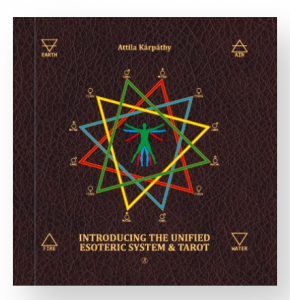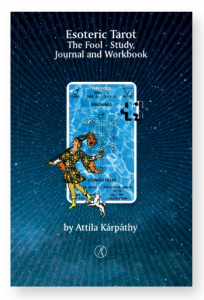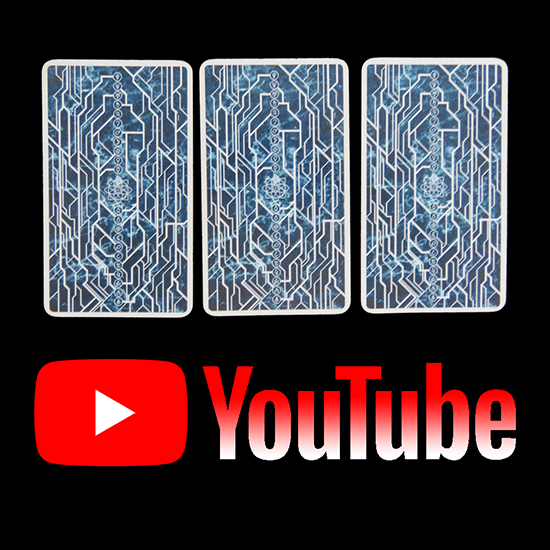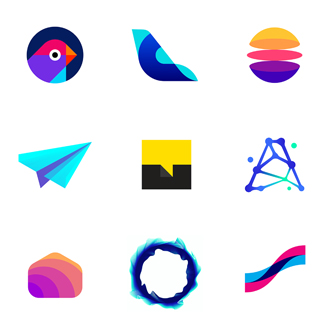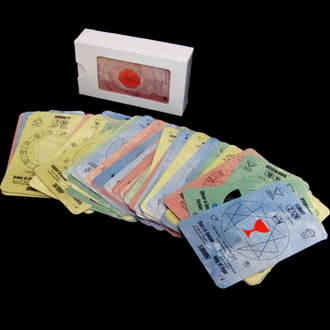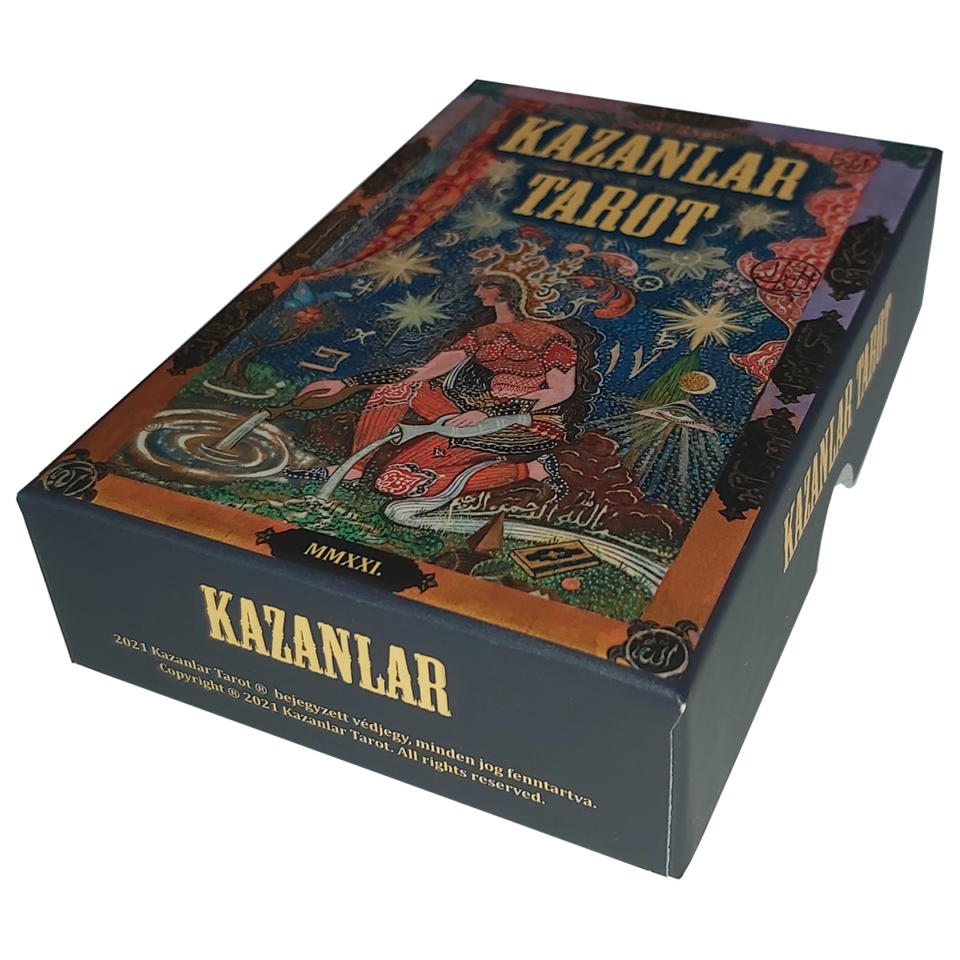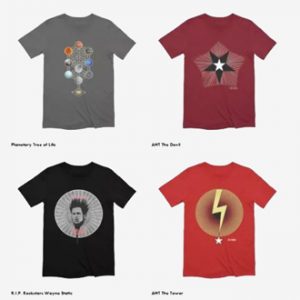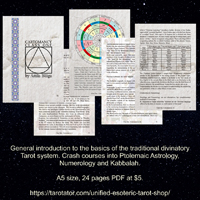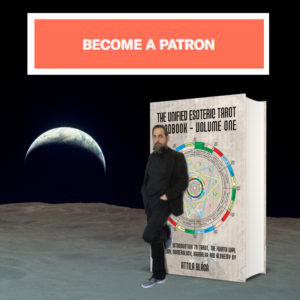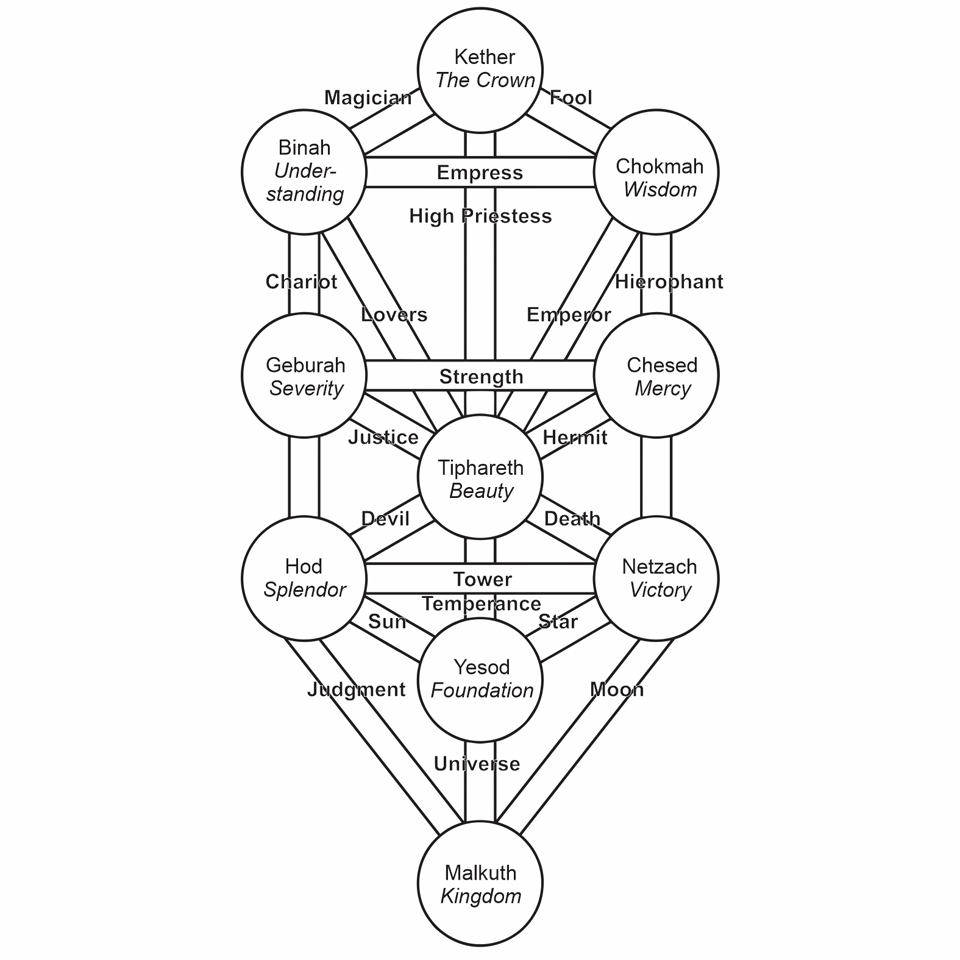
The complete package of the Jungian Tarot consists in a deck of cards with a black and white, printed mini-booklet and the Jungian Tarot trilogy. The first volume is called ‘Tarot Psychology’ and it is an introduction to the complex universe of the cards, also providing a self-study method based on the Jungian technique called ‘active imagination’. The second and largest volume is a detailed account of the historical development of the symbolism of the cards and the Jungian archetypes, it is called ‘The Jungian Tarot and its Archetypal Imagery’. It is a consistent and authentic treasure chest, definitely a must-have on the shelf of any committed student of the Tarot. The third and final volume, ‘Perfect Tarot Divination’ provides further instructions for reading and interpreting the cards.
One of Mr Wang’s ‘main effort here is to demonstrate parallels between Jungian philosophy and Hermetic Kabbalah’. He considers Jung’s idea about regression from the personal into the collective consciousness to be commensurate with the Kabbalistic method of working backwards from the lowest level of the Tree of Life, representing the material condition, through the upper levels of enlightenment and the condition of nonbeing.
The Jungian Tarot is a flexible instrument. Its remarkable novelty and most attractive feature is the lack of captions on the cards. This innovation virtually allows readers to use any system, respectively apply whatever interpretation of the cards they consider appropriate.
According to Mr Wang, ‘the Jungian Tarot is not intended to foster belief in any mythological, occult or religious system’ and one needs to approach these cards with a ‘willing suspension of disbelief’. In my opinion, understanding and working with the Jungian Tarot at its full potential, however, requires at least basic training in Kabbalah and Astrology, and a certain level of knowledge and understanding of the Jungian psychology and philosophy.
The method Jung, and therefore Mr Wang promotes to decrypt the archetypal images of the Tarot, but also to discover our true ‘Inner Self’ is called ‘creative visualisation’, or ‘active imagination’. Accordingly, ‘each of the twenty-two major cards incorporates a mandala’. These mandalas are intended to represent different aspects of the ‘Self’.
Without getting into the complexity of the Jungian system, one of its key principles that resonate with the Tarot cards is the… More at https://www.patreon.com/posts/42190210

